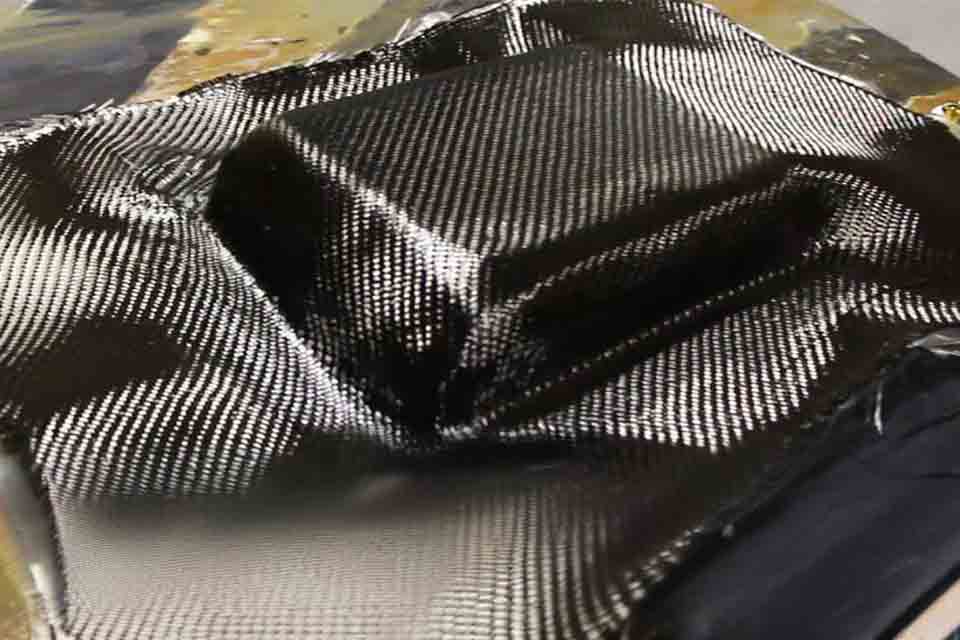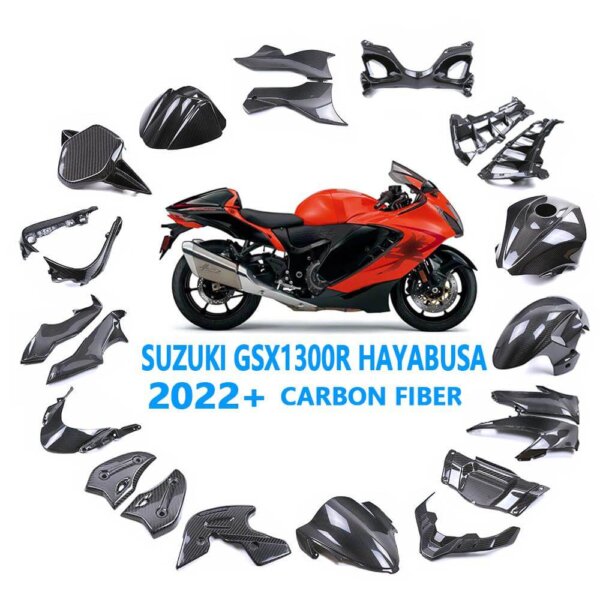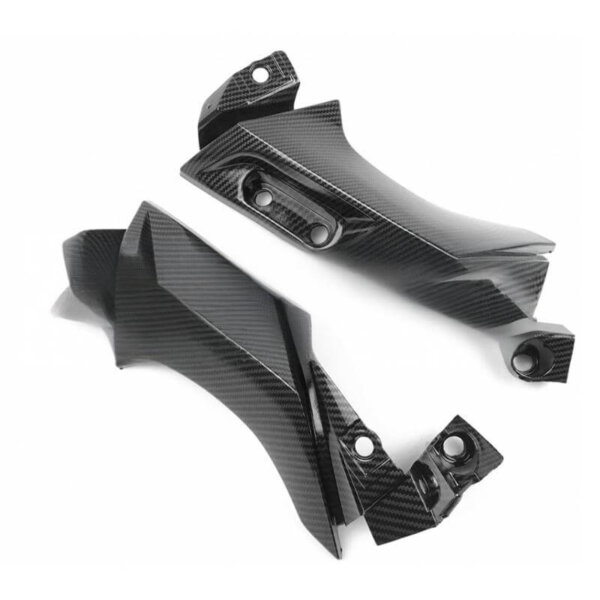Hur man gör kolfiber: 10 steg Enkel guide
Vad är kolfiber?
Kolfiber är ett starkt och lätt material. Det är tillverkat av tunna kolsträngar. Dessa trådar är till och med tunnare än ett mänskligt hårstrå! Kolfiber (stavas även på detta sätt) används för att tillverka bilar, cyklar, flygplan och sportutrustning.
"Kolfiber är fem gånger så starkt som stål men väger mycket mindre. Det gör det perfekt för saker som måste vara både starka och lätta." - Ingenjörsexpert
Varför använda kolfiber?
Kolfiber har många bra punkter:
- Den är mycket stark
- Den är mycket lätt
- Den rostar inte
- Den kan formas på många olika sätt
- Det ser coolt ut
Det är därför många människor göra kolfiber delar till bilar, cyklar och andra saker.
Vad du behöver för att tillverka kolfiber
Att arbeta med kolfiberbehöver du dessa verktyg och material:
| Verktyg | Material |
|---|---|
| Sax | Kolfiberväv |
| Handskar | Epoxiharts |
| Blandningskoppar | Släpp vax |
| Blandningspinnar | Forma |
| Borste | Plastplåt |
| Klämma | Sandpapper |
Grundläggande steg för att tillverka kolfiberdelar
1. Planera ditt projekt
Innan du börjar med kolfibermåste du veta vad du vill göra. Börja med enkla former. Stora eller hårda former kan vara tidskrävande.
2. Gör eller skaffa en gjutform
De forma är det som ger din kolfiber delar deras form. Det kan du göra:
- Köp en färdig produkt forma
- Gör en av trä
- Använd en gammal del som din forma
Sätta släpp vax på din forma så den kolfiber kommer inte att hålla sig till det.
3. Klipp ut kolfiberväven
Kolfiberväv levereras i ark med olika väva typer. Den vanligaste är en kypert mönster. Klipp till tyget så att det passar din forma plus lite mer runt kanterna.
4. Blanda hartset
Epoxiharts är det som gör att kolfiber hård och stark. De flesta harts kommer som en tvådelad mix:
- Häll del A och del B i en kopp
- Blanda väl men inte för snabbt (för att undvika luftbubblor)
- Använd den snart, eftersom den kommer att börja bli hård
Var försiktig! Använd handskar när du arbetar med harts.

5. Fukta kolfibern
Nu kommer våtuppläggning steg:
- Lägg din koltyg på en plan plats
- Använd en borste för att våt tyget med harts
- Kontrollera att alla kolfiber blir blöt
- Använd inte för mycket harts - precis tillräckligt för att våt alla fiber
6. Placera på gjutformen
Sätt våt kolfiber på din forma:
- Börja från en ände och jämna ut den
- Tryck ut eventuella luftbubblor
- Lägg till fler lager om du behöver en starkare del
- Varje nytt lager är en del av layup
7. Ta bort extra harts
För mycket harts blir din del tung och inte lika stark. Använd ett plastverktyg för att trycka ut extra harts.
8. Applicera tryck
Du behöver komprimera de kolfiber när den torkar:
- Använd a vakuumpåse metod
- Eller använd klämma och platta brädor
- Eller prova vakuuminfusion för stora delar
9. Låt det läka
Nu väntar du på att harts till bota:
- Kontrollera din harts låda för bota tid
- De flesta tar 24 timmar i rumsvärme
- Håll delen stilla medan den botemedel
- Vissa människor använder värme och tryck till bota snabbare
10. Avlägsna från gjutformen
Efter den harts är helt hård:
- Ta bort eventuella förpackningar eller påsar
- Dra försiktigt i färdig del från forma
- Trimma de grova kanterna
- Slipa alla ställen som behöver jämnas till
Olika typer av kolfiber
Inte alla kolfiber är densamma. Här är de viktigaste typerna:
- PAN (tillverkad av polyakrylnitril)
- Pitch (tillverkad av olja)
- Rayon (mindre vanligt nu)
De flesta hemanvändare arbetar med PAN-baserade kolfiber.
Olika sätt att tillverka kolfiberdelar
Det finns några huvudsakliga sätt att arbeta med kolfiber. Här är de, från enkla till svåra:
Våt uppläggning
Det här är vad vi just gick igenom. Det är det vanligaste sättet för hemanvändare att göra kolfiberdelar.

Pre-preg metod
Pre-preg eller förimpregnerad kolfiber levereras med harts redan finns i den. Det måste det göra:
- Håller sig kall tills du använder den
- Var uppvärmd till bota
- Behöver ofta en autoklav (en stor varm ugn)
Detta är hur många pro kolfiberförstärkt delar är tillverkade.
Vakuuminfusion
Med den här metoden:
- Den torra kolfiberväv läggs på forma
- Den är förseglad i en påse
- Luften sugs ut
- Harts dras in till infundera alla fiber
Detta är bra för stora delar och kan ge mycket starka resultat.
Tillverkning av äkta kolfiber från grunden
Stegen ovan visar hur man arbetar med kolfiberväv som redan är tillverkad. Men hur gör kolfiber själv bli gjord? Här är den tillverkning av kolfiber process:
- Börja med en polymer som polyakrylnitril
- Dra den i tunna strängar glödtråd Strängar
- Värm dessa strängar vid hög värme utan luft
- Detta förvandlar strängarna till kol
- De kolfiber startar ut som singel strand fibrer
- Dessa är vävd till ett tyg
Detta behöver specialiserad utrustning och görs i fabriker.
Säkerhetstips vid arbete med kolfiber
Arbete med kolfiber kan vara roligt men du måste vara säker:
- Använd handskar vid beröring harts
- Bär mask för att undvika inandning kolfiberdamm
- Arbeta i ett rum med bra luftflöde
- Håll livsmedel borta från arbetsområdet
- Sanera spill direkt efteråt
Projekt att prova
Om du vill lär dig hur man gör kol delar, börja i liten skala:
- En enkel platt platta
- Ett mobilskal
- En liten låda
- En cykeldel
När du blir bättre kan du göra mer komplexa kolfiber delar.
Vanliga misstag att undvika
Många människor gör dessa misstag:
- Använder för mycket harts
- Att inte få alla luftbubblor ut
- Att ha bråttom under bota tid
- Att göra en del för tunn och svag
- Provar en för komplex form för din skicklighetsnivå
Hur kolfiber står sig i jämförelse med andra material
Hur fungerar kolfiber står sig väl i jämförelse med andra tekniska material?
| Egendom | Kolfiber | Aluminium | Stål | Plast |
|---|---|---|---|---|
| Vikt | Mycket lätt | Ljus | Tung | Ljus |
| Draghållfasthet | Mycket hög | Medium | Hög | Låg |
| Komprimerande styrka | Medium | Medium | Hög | Låg |
| Böjning styrka | Hög | Medium | Medium | Låg |
| Modulus | Hög | Medium | Hög | Låg |
| Kosta | Hög | Medium | Låg | Mycket låg |
Där kolfiber används
Kolfiber används på många ställen där en lättviktsmaterial behövs:
- Flyg och rymd delar till flygplan
- Bil Racingdelar
- Sportartiklar som tennisracketar och golfklubbor
- Cyklar och cykeldelar
- Medicinsk utrustning
- Musikutrustning
Avancerade kolfibermetoder
Om du verkligen går in för kolfibertillverkning...kan du prova:
- Använda en CNC för att göra exakta formar
- Tillverkning högpresterande delar med speciella uppläggningsmönster
- Lägga till andra material för att göra kompositmaterial
- Använda olika typer av harts som polyesterharts eller härdplast typer
Slutliga tankar
Att göra saker med kolfiber kan vara roligt och givande. Börja enkelt, ha tålamod och snart kommer du att göra fantastiska kolfiber delar!
De komplexitet hos detaljen avgör hur svårt det är att tillverka. Med lite övning kan du göra kostnadseffektiva och cool färdig produkt föremål som är både starka och lätta.
Vill du lära dig mer? Besök vår anpassad komposit sidan eller kolla in vår guide om hur man gör en kolfiberform.
Är du redo att börja? Skaffa material från vår kolfabrik eller läs mer om gör dina egna kolfiberdelar.
Ring oss/Whatsapp: +86 13626191009
E-post: [email protected]




